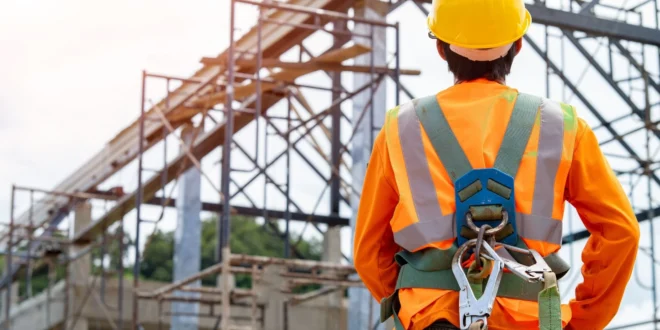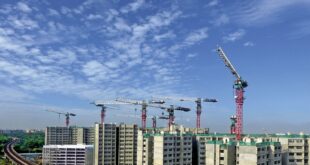Construction sites are bustling with construction workers busy building structures that shape our cities and communities. However, working in the construction industry comes with its fair share of risks and hazards.
Construction workers are exposed to various dangers, including falls, heavy machinery accidents, electrical hazards, and exposure to toxic materials. Therefore, it is crucial for construction companies and workers to prioritize health and safety on the job site.
In this blog, we will explore some essential tips to promote the health and safety of construction workers, ensuring a safe working environment for all.
1. Prioritize Training and Education
Proper training and education are the foundation of a safe construction site. All workers, regardless of their experience level, should receive thorough training on the safe operation of equipment, proper handling of materials, and awareness of potential hazards. Workers should also be trained in emergency response procedures, including first aid and CPR, and the proper use of personal protective equipment (PPE) such as hard hats, gloves, safety goggles, and harnesses.
Regular refresher training sessions should be conducted to reinforce safe work practices and keep workers updated on new safety regulations and procedures. Additionally, providing educational resources such as posters, signage, and written instructions in multiple languages can help ensure that all workers understand and follow safety protocols.
2. Avoid Exposure to Toxic/Hazardous Materials
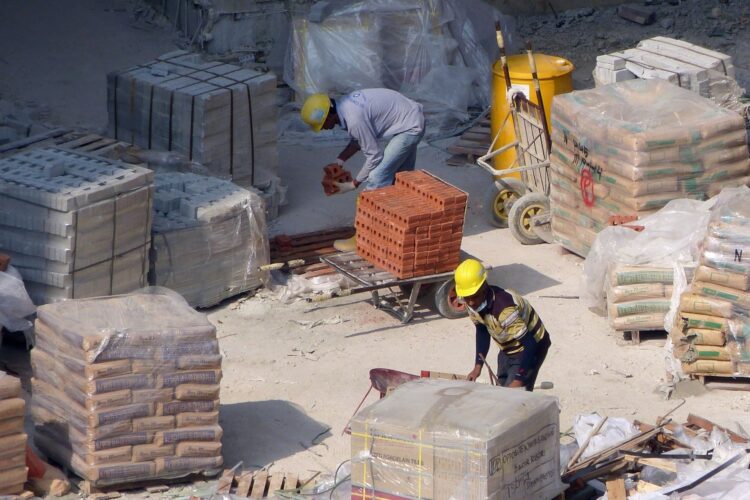
Exposure to toxic materials is a serious concern in the construction industry, and it can have long-term health consequences for workers. Asbestos, for example, is a well-known hazardous material that has been linked to mesothelioma. Therefore, it’s crucial for construction companies to prioritize proper handling and disposal of hazardous materials to protect their workers’ health.
In case of any potential exposure and related health issues, seeking legal advice from a qualified mesothelioma lawyer can help workers understand their rights and options for compensation. However, prevention is always better than cure. Implementing strict protocols to minimize exposure to toxic/hazardous materials is a vital step in promoting the health and safety of construction workers.
3. Implement Safety Policies and Procedures
Having comprehensive safety policies and procedures in place is essential for promoting the health and safety of construction workers. Construction companies should develop and enforce safety policies that comply with local, state, and federal regulations. These policies should cover all aspects of construction work, including hazard identification and assessment, safe work practices, equipment operation, PPE requirements, emergency response procedures, and incident reporting protocols.
Regular safety inspections should be conducted to identify and address any potential hazards on the job site. Any unsafe conditions or practices should be addressed promptly, and corrective actions should be taken to prevent future incidents. Additionally, having a designated safety officer or team responsible for overseeing and enforcing safety policies and procedures can help ensure that health and safety remain a top priority on the construction site.
4. Promote a Safety Culture
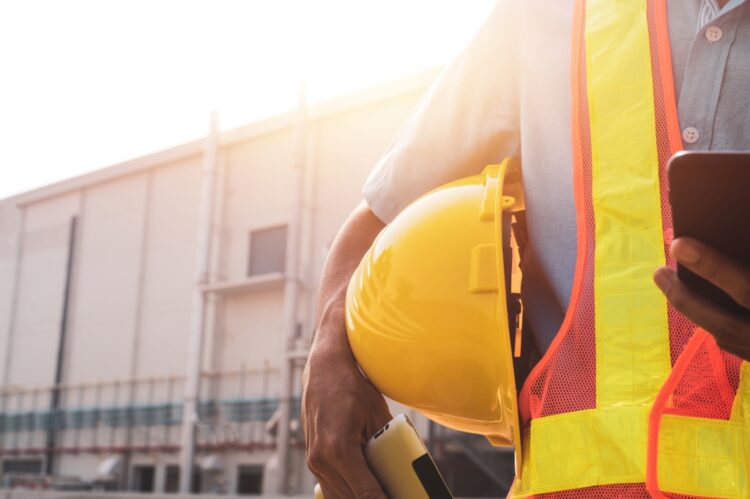
Creating a safety culture that emphasizes the importance of health and safety in the workplace is crucial for preventing accidents and injuries. All members of the construction team, from management to workers, should be actively engaged in promoting a culture of safety. It includes setting clear expectations for safe work practices, recognizing and rewarding safe behaviors, and holding all team members accountable for following safety protocols.
Regular safety meetings and toolbox talks should be conducted to communicate and reinforce safety messages. Workers should be encouraged to report any unsafe conditions or incidents without fear of retaliation, and thorough investigations should be conducted to identify the root causes and implement appropriate corrective actions.
By fostering a safety culture, construction companies can create an environment where workers feel empowered to prioritize their health and safety.
5. Provide Proper PPE
Personal Protective Equipment (PPE) is a crucial line of defense for construction workers against potential hazards. Employers should provide and require the use of appropriate PPE for all workers based on the specific hazards present on the job site. It may include hard hats, safety goggles, earplugs or earmuffs, respiratory masks, high-visibility vests, gloves, and steel-toed boots.
It is essential to ensure that PPE is in good condition, fits properly, and is used consistently by workers. Regular inspections should be conducted to identify any damaged or worn-out PPE and replace it promptly. Additionally, workers should be trained on the proper use, care, and maintenance of their PPE to ensure its effectiveness in protecting against potential hazards.
Furthermore, employers should recognize that PPE isn’t a one-size-fits-all solution. Different construction sites and tasks may require varied types of protective equipment. For instance, a worker handling hazardous chemicals might need different gloves compared to someone primarily handling rough materials. Regular feedback sessions should be organized where workers can voice concerns regarding the PPE they’re using. This feedback is invaluable, as workers often have first-hand experience and insights into how protective equipment can be improved or adjusted for better protection and comfort.
Creating an atmosphere of open communication regarding PPE can lead to increased trust and adherence to safety protocols among workers. It’s not just about mandating the use of PPE but ensuring that workers understand the importance of safety equipment and are actively involved in the selection and feedback process.
In addition to regular training, mock drills can be initiated to simulate potential hazards, ensuring that workers are adept at using their PPE efficiently in emergency situations. These drills can also highlight any shortcomings in the current safety protocols, paving the way for improvements.
Lastly, an effective way to ensure consistent use of PPE is to integrate its importance into the company culture. Celebrating ‘safety milestones’ or recognizing ‘safety champions’ can motivate workers to prioritize their safety and that of their colleagues.
6. Emphasize Fall Prevention
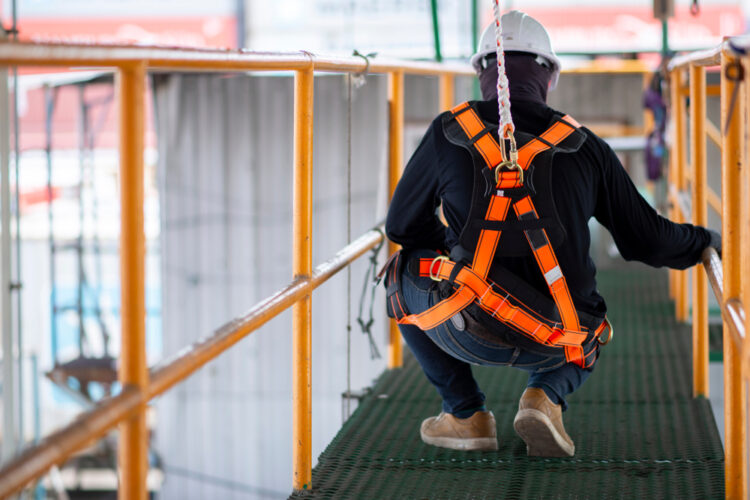
Falls are one of the leading causes of injuries and fatalities in the construction industry. Therefore, fall prevention should be a top priority on any construction site. Employers should provide proper fall protection equipment, such as guardrails, safety nets, and personal fall arrest systems (PFAS), and ensure that they are used correctly by workers who are working at heights or in areas where there is a risk of falling.
Regular inspections of fall protection equipment should be conducted to ensure their effectiveness and any damaged or worn-out equipment should be replaced immediately. Additionally, workers should be trained on proper fall prevention techniques, including safe ladder use, proper scaffolding procedures, and the importance of maintaining three points of contact when climbing or descending.
7. Use Proper Machinery and Equipment
Heavy machinery and equipment are commonly used in construction projects, and their safe operation is crucial to prevent accidents and injuries. Employers should ensure that all machinery and equipment used on the job site are properly maintained, inspected, and operated by trained and qualified workers.
Regular inspections and maintenance should be conducted to identify and address any potential issues that may compromise the safe operation of machinery and equipment.
Proper training should be provided to workers who operate machinery or equipment, including training on safe operating procedures, emergency shut-off procedures, and lockout/tagout procedures to prevent accidental energization or start-up of machinery during maintenance or repair.
Workers should also be trained on how to recognize and report any signs of malfunction or damage to machinery or equipment.
8. Promote Mental Health Awareness
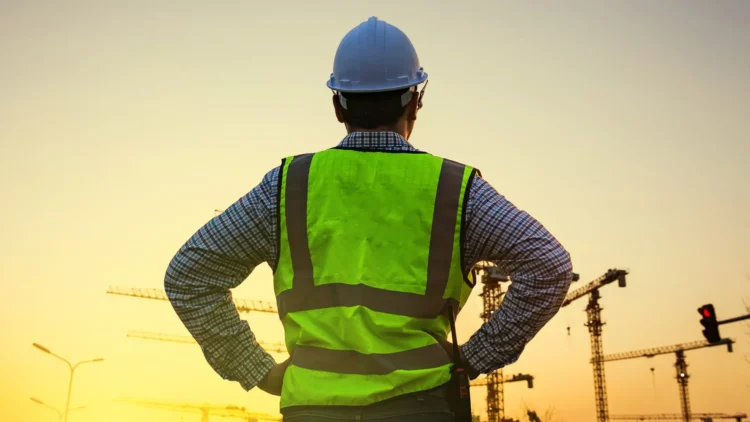
The construction industry can be physically demanding and mentally challenging, with long hours, high-stress levels, and tough work conditions. Therefore, promoting mental health awareness and well-being among construction workers is essential for their overall health and safety.
Employers should provide resources for mental health support, such as access to counseling services, employee assistance programs (EAPs), and educational materials on mental health awareness. It is also crucial to create a supportive work environment where workers feel comfortable discussing mental health concerns without fear of stigma or discrimination.
Conclusion
The health and safety of construction workers should be a top priority for every employer in the industry. By implementing the tips mentioned above, employers can promote a safer work environment and protect their workers from potential hazards.
It is essential to have comprehensive safety policies and procedures in place, provide proper training and education, promote regular inspections and maintenance, and foster a culture of safety among workers.
Taking these steps can help prevent accidents, injuries, and illnesses in the construction industry and ensure that workers return home safely every day. The well-being of construction workers shouldn’t be compromised for the sake of productivity or deadlines.
 Hi Boox Popular Magazine 2024
Hi Boox Popular Magazine 2024
